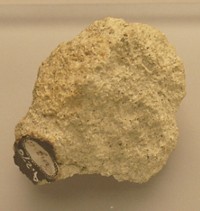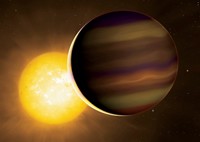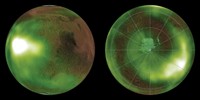Advertisement
Grab your lab coat. Let's get started
Welcome!
Welcome!
Create an account below to get 6 C&EN articles per month, receive newsletters and more - all free.
It seems this is your first time logging in online. Please enter the following information to continue.
As an ACS member you automatically get access to this site. All we need is few more details to create your reading experience.
Not you? Sign in with a different account.
Not you? Sign in with a different account.
ERROR 1
ERROR 1
ERROR 2
ERROR 2
ERROR 2
ERROR 2
ERROR 2
Password and Confirm password must match.
If you have an ACS member number, please enter it here so we can link this account to your membership. (optional)
ERROR 2
ACS values your privacy. By submitting your information, you are gaining access to C&EN and subscribing to our weekly newsletter. We use the information you provide to make your reading experience better, and we will never sell your data to third party members.
Environment
Curiosity Kills Uncertainty On Mars
Data from Mars rover back up the idea that the Red Planet has shed most of its original atmosphere
by
July 22, 2013
| A version of this story appeared in
Volume 91, Issue 29
Scientists believe Mars has lost most of a once-far-thicker atmosphere. But molecular composition data supporting that hypothesis have suffered high levels of experimental uncertainty: Error bars in graphs of data from the Red Planet often exceed the measured values themselves. Measurements from NASA’s Curiosity rover now bolster the atmospheric loss idea by greatly reducing the uncertainty, according to researchers led by the space agency’s Paul R. Mahaffy and Christopher R. Webster (Science 2013, DOI: 10.1126/science.1237966 and 10.1126/science.1237961). The rover’s Sample Analysis at Mars suite analyzed atmospheric samples with its quadrupole mass spectrometer and tunable laser spectrometer. The atmosphere has more of the heavy carbon isotope 13C than predicted, both instruments found, with far less experimental uncertainty than data from previous Mars landers, martian meteorites recovered on Earth, and Earth-based telescopes. The finding supports the atmospheric loss idea, the researchers say, because as gases escape, the molecules with heavier isotopes are the last to go. Separately, hydrogen, carbon, and oxygen isotopic ratios in martian carbon dioxide and water vapor mirror those of nearly 4 billion-year-old martian meteorites. That suggests most of the atmospheric loss occurred earlier, near the beginning of Mars’s history, the researchers say.





Join the conversation
Contact the reporter
Submit a Letter to the Editor for publication
Engage with us on Twitter